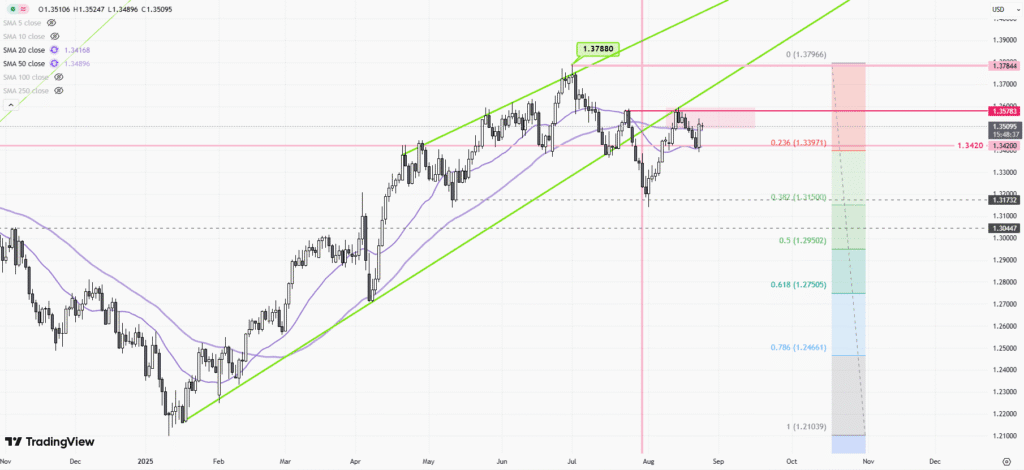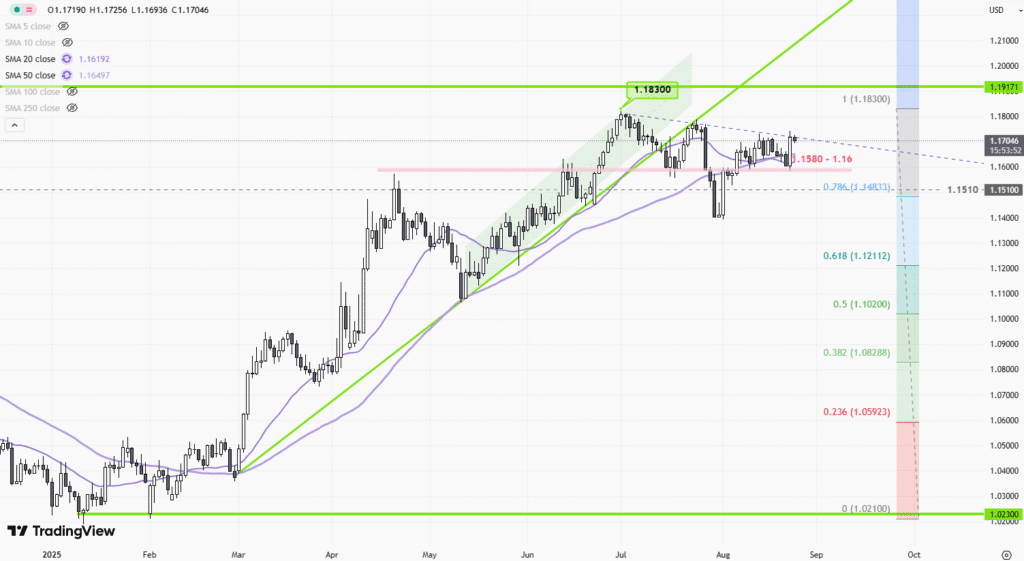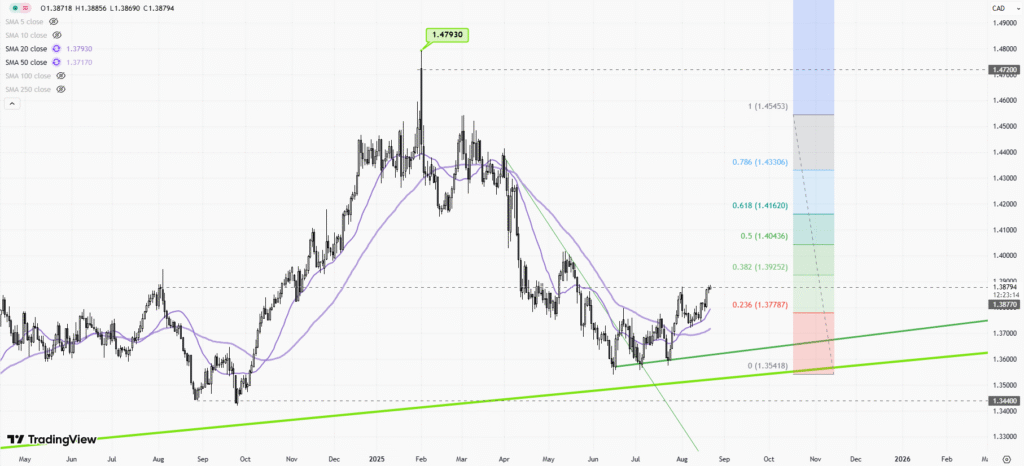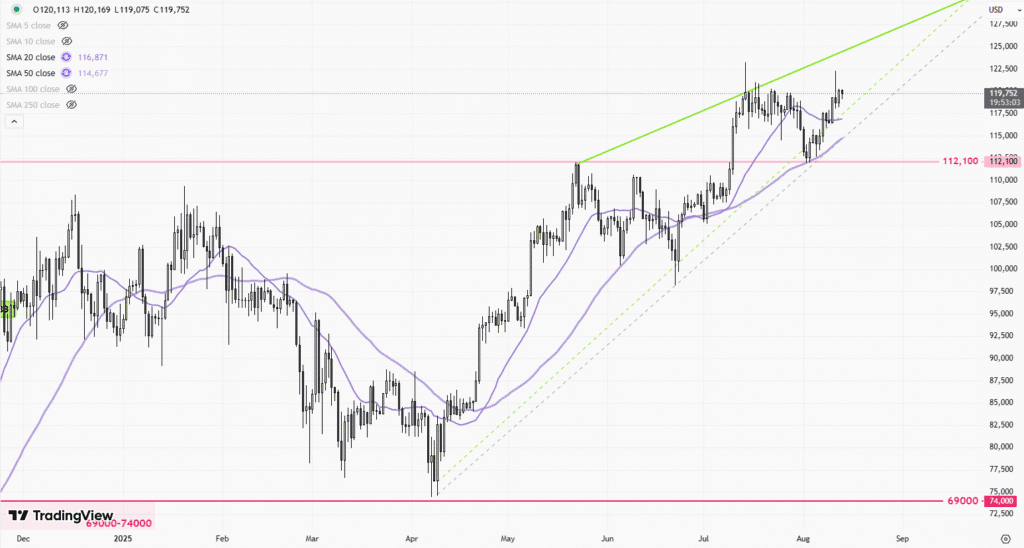 |
| Gold V.1.3.1 signal Telegram Channel (English) |

Why Record U.S. Tariff Revenues Won’t Fix the Federal Deficit and How They Impact Your Wallet
2025-08-13 @ 05:00
Tariffs Just Hit a Record—But What Does That Really Mean for the Budget?
July set a new record for U.S. tariff collections, underscoring how quickly the fiscal landscape has shifted under the latest round of trade measures. Customs duties surged to an all-time high for a single month, reflecting a sharp expansion in tariff rates and coverage across key categories—particularly consumer goods. Policymakers have touted the spike in revenue as a win for taxpayers and a key lever to improve the nation’s finances. But the broader budget picture is more complicated, and the household-level impacts are significant.
Here’s what to know.
Tariff revenue is soaring
– Monthly tariff receipts reached a new peak in July, more than tripling from late last year. The step-up reflects both higher statutory rates and an expansion of the tariff base to a wider range of imports.
– On a run-rate basis, 2025 tariff collections could be the largest on record. That has made tariffs one of the fastest-growing revenue lines for the federal government this year.
But the deficit is still widening
– Even with record tariff income, July’s federal deficit increased compared with the same month a year ago. Rising interest costs and structural spending pressures continue to outweigh the monthly gains from customs duties.
– In other words, tariffs are additive to revenue, but they are not—by themselves—a fix for the gap between spending and receipts.
Households are footing much of the bill
– Although tariffs are collected at the border, the economic incidence largely falls on domestic consumers and businesses through higher prices. The most visible effects are in everyday categories such as apparel and footwear, where retail prices have jumped sharply.
– Across the basket of tariffed goods, consumers face higher short-run prices and persistently elevated levels over time, even after some substitution to non-tariffed alternatives. For a typical household, that translates to a meaningful reduction in purchasing power this year.
Macro and market implications
– A broad-based rise in import costs functions like a tax on consumption, which can cool demand in select categories while shifting spending patterns. Retailers with heavy exposure to tariffed goods may see margin pressure or pass-through price increases.
– If price pressures from tariffs persist, they may complicate the inflation outlook. The adjustment path matters: to the extent that nominal incomes don’t fully keep pace, real household income will be squeezed.
– Corporate supply chains will continue to re-optimize. Expect further diversification away from highly tariffed sources, increased nearshoring, and greater use of duty-drawback or tariff-engineering strategies.
Revenue vs. reality: what investors should watch
– Scale: Even at record levels, tariff revenue remains modest relative to total federal receipts and the size of the deficit. It’s a meaningful increment—not a panacea.
– Persistence: The sustainability of current collections depends on trade volumes and compliance. As importers adapt, effective collections per dollar of trade may drift lower.
– Retaliation and exemptions: Countermeasures abroad, product exclusions, and legal challenges can change the revenue trajectory quickly.
– Distributional effects: Tariffs are not targeted like income taxes; they tend to be regressive, hitting lower- and middle-income consumers relatively harder through higher prices on necessities.
Portfolio takeaways
– Consumer discretionary: Elevated input costs and potential demand elasticity in apparel, footwear, and electronics argue for selective exposure and emphasis on brands with pricing power.
– Industrials and logistics: Supply chain realignment benefits firms facilitating nearshoring, trade finance, customs brokerage, and compliance tech.
– Inflation hedges: Sticky tariff-driven price levels support allocations to real assets and firms with strong cost pass-through.
– Retailers: Watch inventory mix, private-label strategies, and sourcing shifts. Those that can pivot suppliers quickly should outperform.
Policy outlook
– The administration views tariff receipts as a strategic revenue source and bargaining chip in trade negotiations. Future moves may target sectors with limited domestic substitutes to maximize leverage—or, conversely, broaden exemptions to temper consumer prices.
– Congress could engage on targeted relief or expansion depending on industry lobbying and inflation dynamics. The path from here likely involves iterative adjustments rather than a wholesale reversal.
Bottom line: Record tariff revenue is financially meaningful and politically salient, but it doesn’t change the core arithmetic of a still-large federal deficit. For households and markets, the more immediate story is higher prices, shifting supply chains, and a renewed test of pricing power across consumer-facing sectors.








